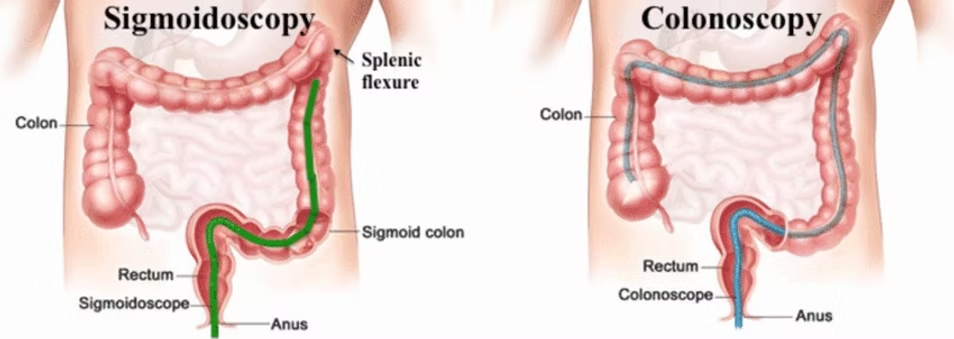
A sigmoidoscopy is a straightforward and less invasive procedure, which allows one to view and inspect the rectum and the lower portion of the colon. A small, flexible tube featuring a tiny camera is inserted into the rectum for observation of bleeding, inflammation, polyps, or suspicion related to digestive symptoms. It is used for the early diagnosis of bowel problems, and in most cases, requires no full sedation.

Most people experience only mild discomfort, cramping, or a feeling of fullness. Sedation is usually not needed, making recovery faster.
Preparation is simpler than a colonoscopy. Usually, only an enema or mild laxative is required to clean the lower colon. Some doctors may also suggest a clear liquid diet for a short time before the procedure.
A sigmoidoscopy generally takes 10–20 minutes, and you can return to your normal routine shortly after.
The procedure is safe and complications are rare. Some patients may have mild cramping, bloating, or slight bleeding (especially after a biopsy or polyp removal). Serious risks like colon perforation are extremely uncommon.